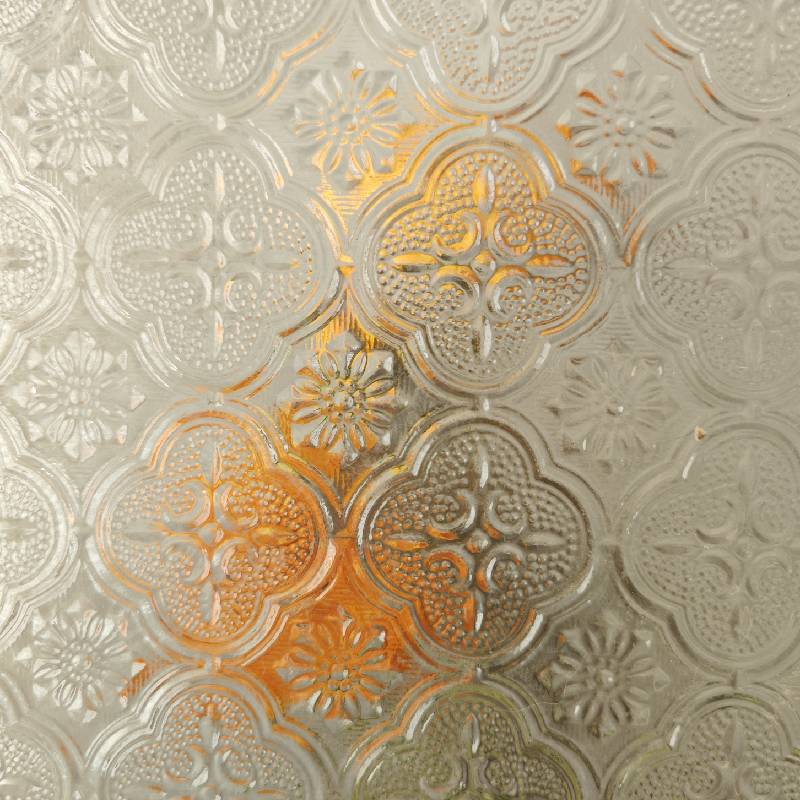

Understanding Triple Silver Low E Glass The Future of Energy Efficiency
In today’s world, where energy conservation and sustainability are paramount, innovative building materials have taken center stage. Among these advancements, triple silver low E glass stands out as a transformative solution for modern architecture. This type of glass not only enhances aesthetic appeal but also plays a crucial role in improving energy efficiency within homes and commercial buildings.
Understanding Triple Silver Low E Glass The Future of Energy Efficiency
One of the primary advantages of triple silver low E glass is its ability to minimize solar heat gain. By reflecting a large percentage of incoming solar radiation, this glass helps to maintain a consistent indoor temperature. As a result, homeowners and building managers can rely less on heating and cooling systems, leading to lower energy bills and reduced carbon footprints. This energy efficiency is increasingly important as cities and communities strive to meet sustainability goals and combat climate change.

In addition to thermal performance, triple silver low E glass offers superior visible light transmission. Unlike traditional tinted glass, which often sacrifices clarity for heat control, triple silver low E glass maximizes natural light while eliminating glare. This means that spaces can remain bright and inviting without the associated heat increase, allowing occupants to enjoy the benefits of natural sunlight throughout the day.
Another notable feature of triple silver low E glass is its potential for aesthetic versatility. It is available in various styles, sizes, and thicknesses, making it an excellent choice for different architectural designs. Whether used in large-scale commercial projects or residential settings, this glass can enhance the visual appeal of any structure while complying with modern energy standards.
Moreover, the use of triple silver low E glass can contribute to LEED certification and other green building initiatives. By incorporating energy-efficient materials, builders and architects are more likely to achieve high-performance ratings, which not only reflects a commitment to sustainability but can also attract environmentally conscious buyers and tenants.
In conclusion, triple silver low E glass is revolutionizing the way we think about energy efficiency and building design. Its ability to minimize energy costs while maximizing natural light makes it a valuable asset for homeowners, architects, and builders alike. As the demand for greener, more sustainable building practices continues to grow, materials like triple silver low E glass will play an essential role in shaping the future of our built environment. Embracing this technology is not just a step toward energy efficiency; it is a commitment to creating healthier spaces for generations to come.